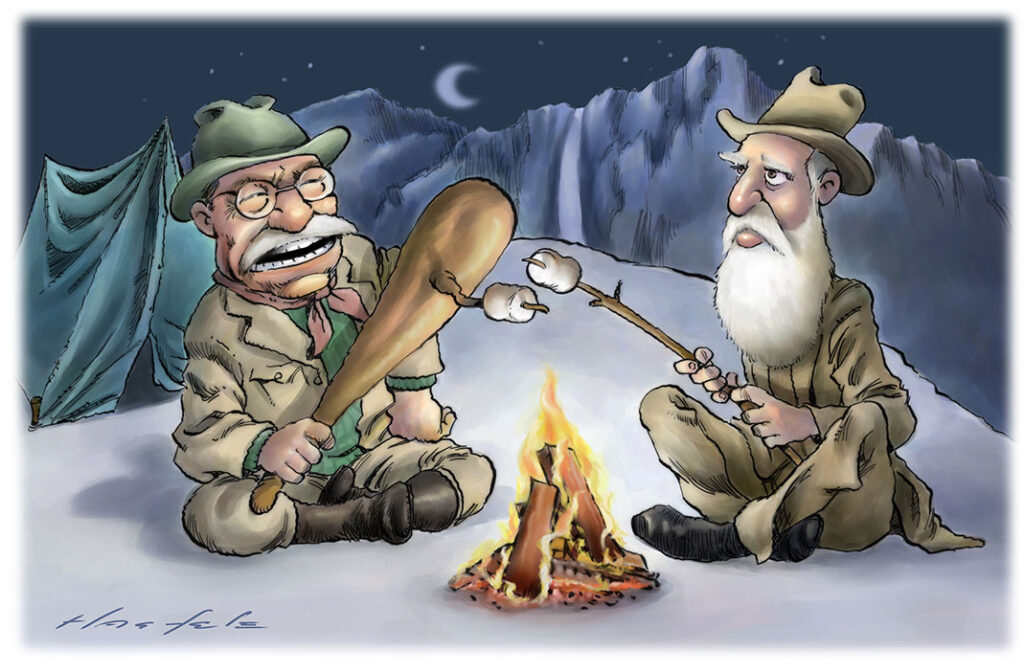I’ve been to national parks all over the world, including: Kakadu National Park in Australia; Kruger National Park in South Africa; Masada National Park in Israel; Giant Panda National Park in China, and national parks in Rwanda, Kenya, Tanzania, Botswana, Colombia, Costa Rica and Canada. I’ve also been to some of the 63 national parks in the United States, where the whole idea of a national park originated.
It started 1872 when President Ulysses S. Grant signed an order to set aside a 3,500-square foot tract of land in the area around Yellowstone Lake and Yellowstone Caldera as federal territory reserved for recreational use of the people. That made Yellowstone the first national park. But Yellowstone actually had a predecessor. The first time land was set aside by the federal government for the people was in 1864 under President Abraham Lincoln. That land was what is now Yosemite National Park. Yosemite was the precedent that opened the possibility of what developed into the National Parks.
It happened via The Yosemite Grant Act, a bill proposed by California Senator John Conness and signed into law by Lincoln on June 30, 1864, while the Civil War was still raging. The law gave the Yosemite Valley and Mariposa Grove to the state of California, with the stipulation that it be reserved for public use and recreation. The 1,200-square mile area in the Sierra Nevada Mountains started as a state park and became the third national park on October 1, 1890, 18 years after Yellowstone. But in a sense it was the first. Yosemite was the prototype of the National Park system.
What could be so special that could gather the force required to push through such a hugely significant precedent, one that would set up a new kind of entity that would then be adopted around the world?
One has to experience at least one of the great national parks to understand the reason for the whole idea. Yosemite is a place of such staggering beauty that just to see it is spiritually uplifting. It’s known for giant monolithic mountains of granite, huge sequoia trees thousands of years old, and dramatic waterfalls that shoot off towering cliffs and fall freely through space into plunging valleys.
And rainbows at night! It’s one of the only places where moonlight sometimes lights up the mists from the waterfalls and makes rainbows at night. Just to see Yosemite is to understand why it was worth such a struggle for some people to make sure the parklands were protected….
Click Here to Read the Full Original Article at The Taucker Travel Blog…
